The latest update from the logistics business said: The tension in the Red Sea, causing shipping freight rates to increase sharply, has begun to spread to Asian shipping routes. Besides, there is an imbalance in containers due to lack of container shells, especially refrigerated cargo containers.
Ms. Nguyen Thi Kim Huyen, President and General Director of Global Maritime Services Company - an enterprise operating in the field of logistics and freight forwarding, said that not only are shipping rates increasing, but many other related problems are arising.

The current reason is that the Panama Canal is suffering from drought, so shipping lines are redirecting through the Suez Canal or down to the Cape of Good Hope. Shipping time is 15 - 20 days longer than the normal schedule, causing shipping prices to increase. In addition, tensions in the Red Sea cause transit times to lengthen, affecting the overall operating capacity of the entire route, specifically delays, the possibility of turnarounds, and omissions that occur frequently on routes. The Middle East, the Mediterranean... cause ship freight prices to double. Costs increase due to expenses such as ship protection and war surcharges. Contracts that shipping lines signed with customers before the conflict and now shipping goods will suffer losses because they have to compensate for this cost. Therefore, some shipping lines cut operations and prioritize routes as far away as the US and Europe, making the situation even more tense. As a result, there is an imbalance in container shells due to long shipping times and slow turnaround.
On routes within Asia, prices also began to increase. It is expected that this situation will last until the end of the second quarter of 2024, causing many challenges to production, business and export activities of Vietnam as well as the world.
Ms. Huyen said: Rising freight prices caused export activities from markets like Vietnam to stagnate, and many units could not export goods. In the opposite direction, the US side just had a long holiday, so loading and unloading of goods was also slow, goods were stuck at the port for many days, incurring a lot of costs. "These things push up the prices of imported and distributed goods in the US market. Therefore, businesses importing and distributing goods into this market are operating in a state of moderation to explore costs." and market acceptability," Ms. Huyen said.





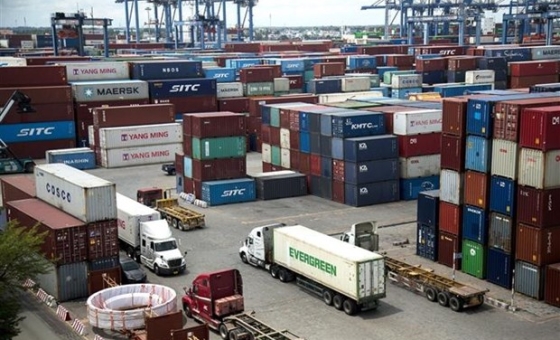
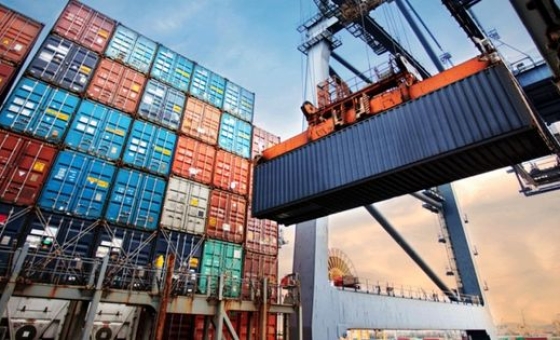
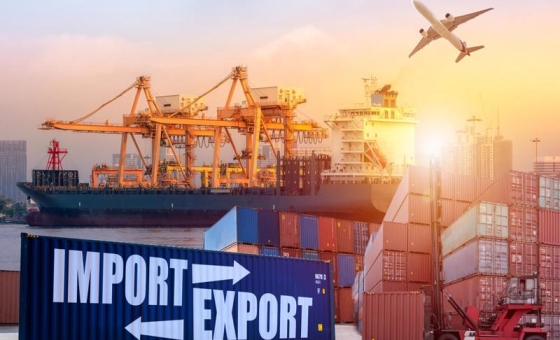

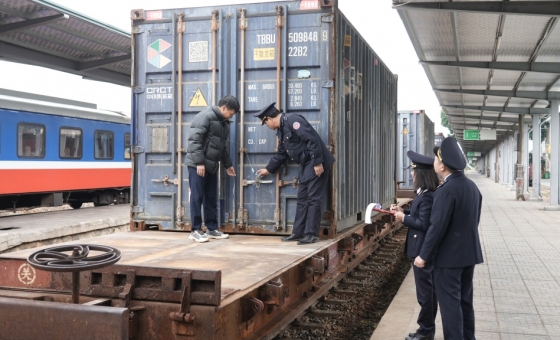
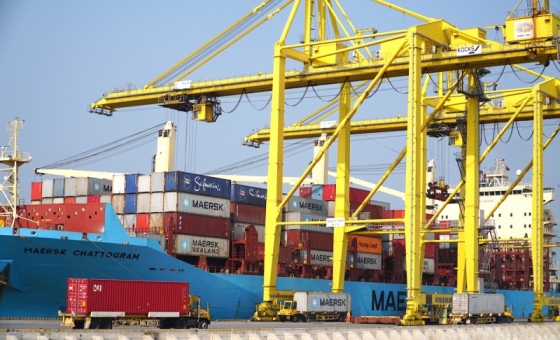


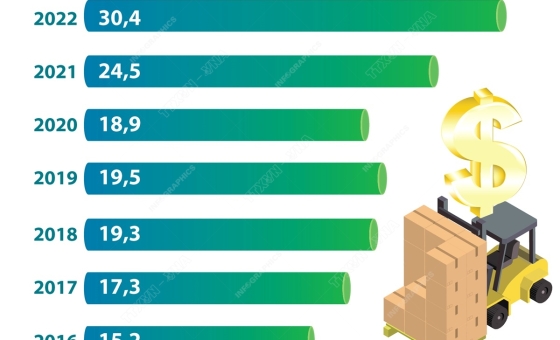

![[Corporate culture quarter 1/2023]](thumb/560x340/1/upload/sanpham/z4241794327942e206d3c6eec10254ce7630399694bcfe-0508.jpg)
-0809.jpg)





![[Thematic Report for the academic year 2020 - 2021] Foreign Trade and International Business Administration](thumb/560x340/1/upload/sanpham/nghiepvungoaithuong3-4668.jpg)












